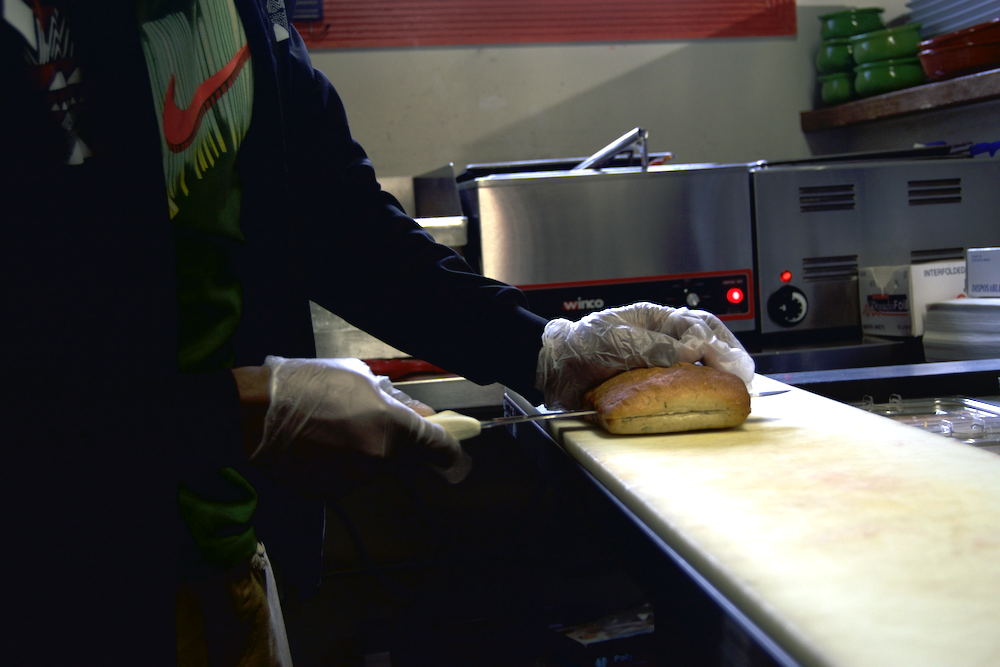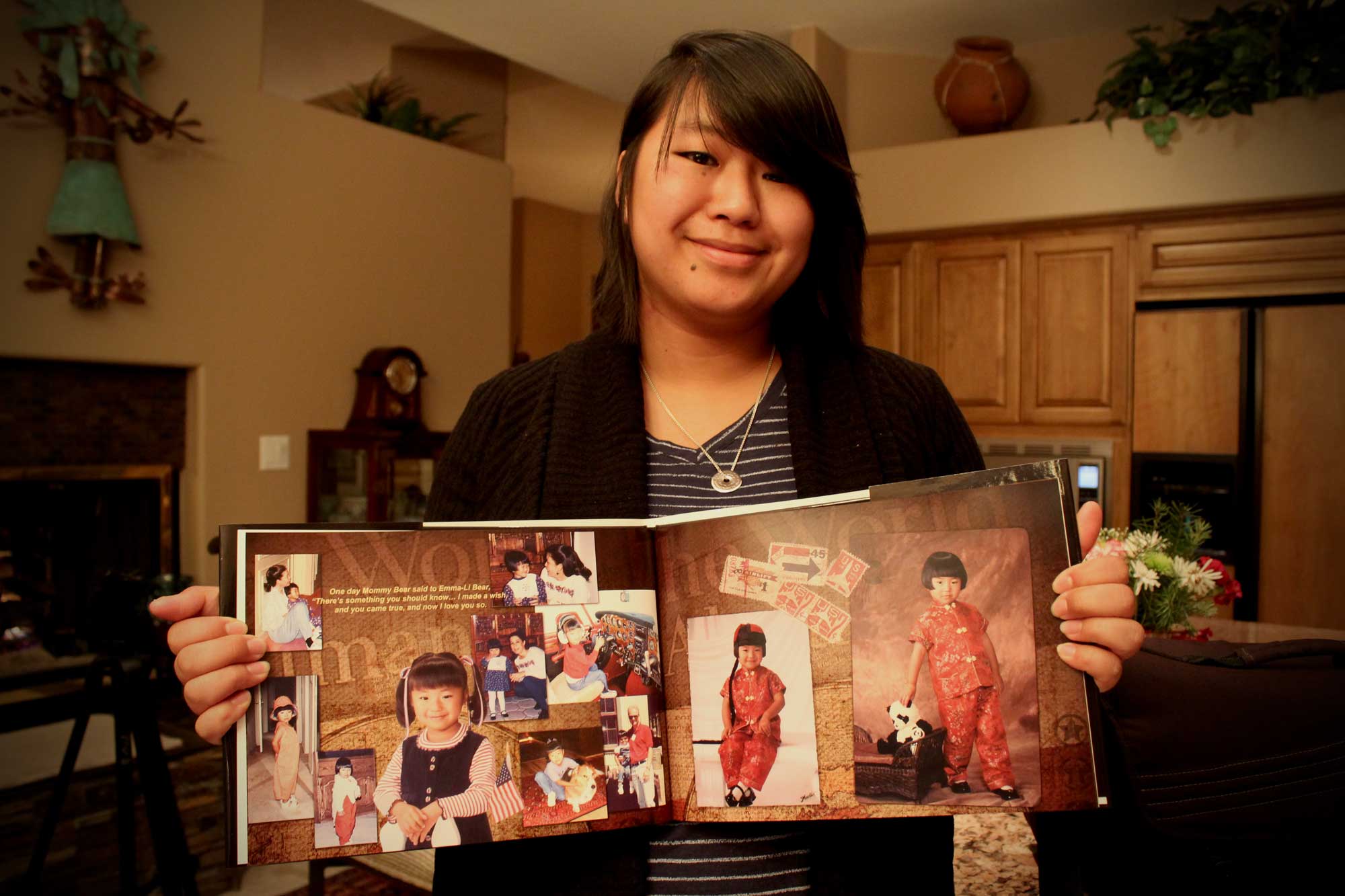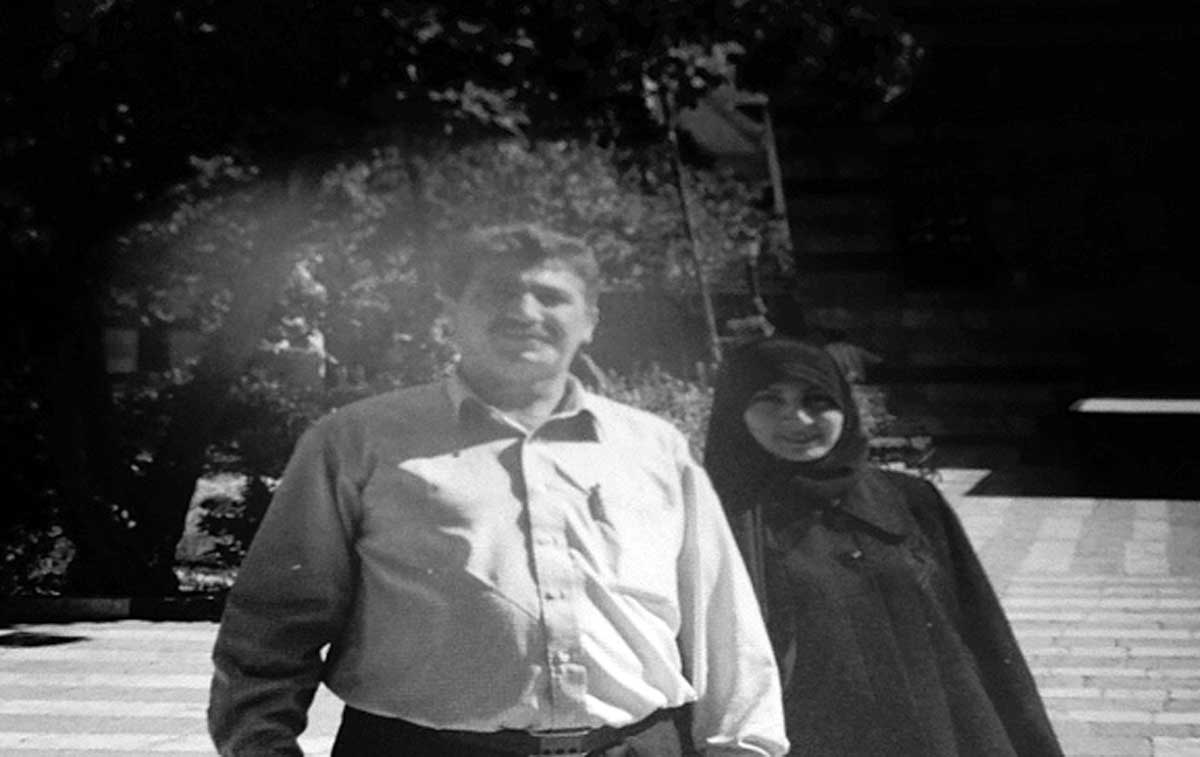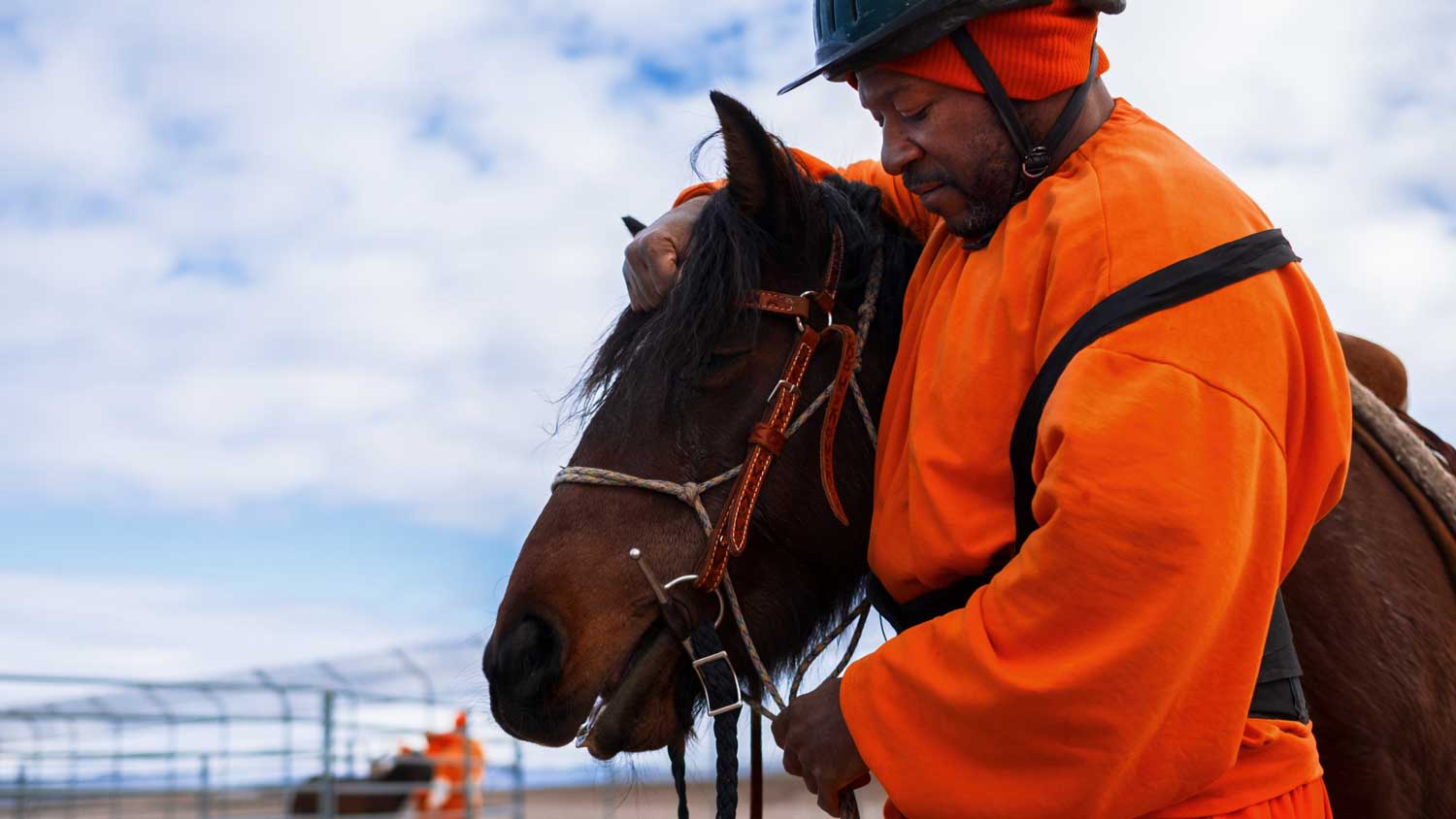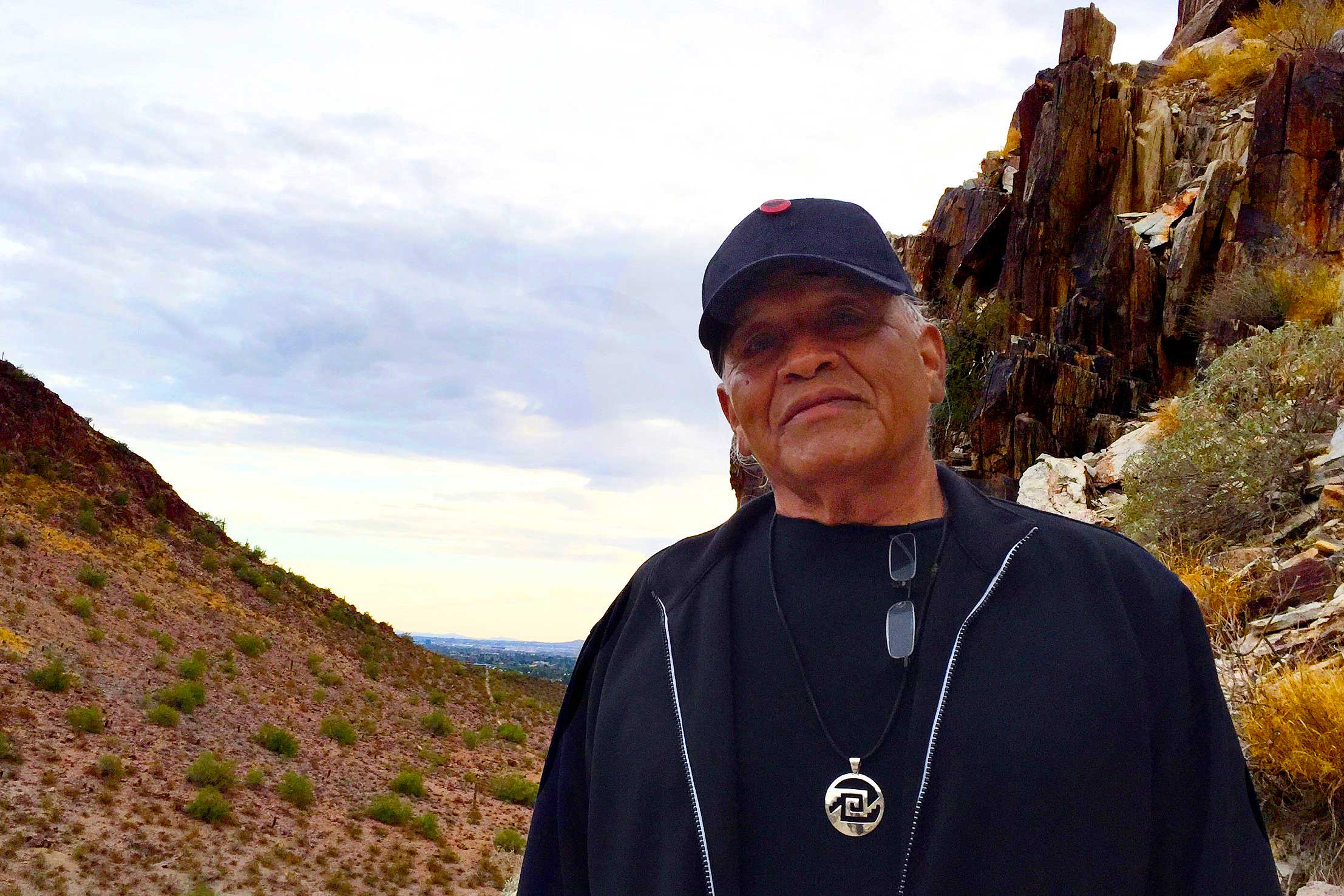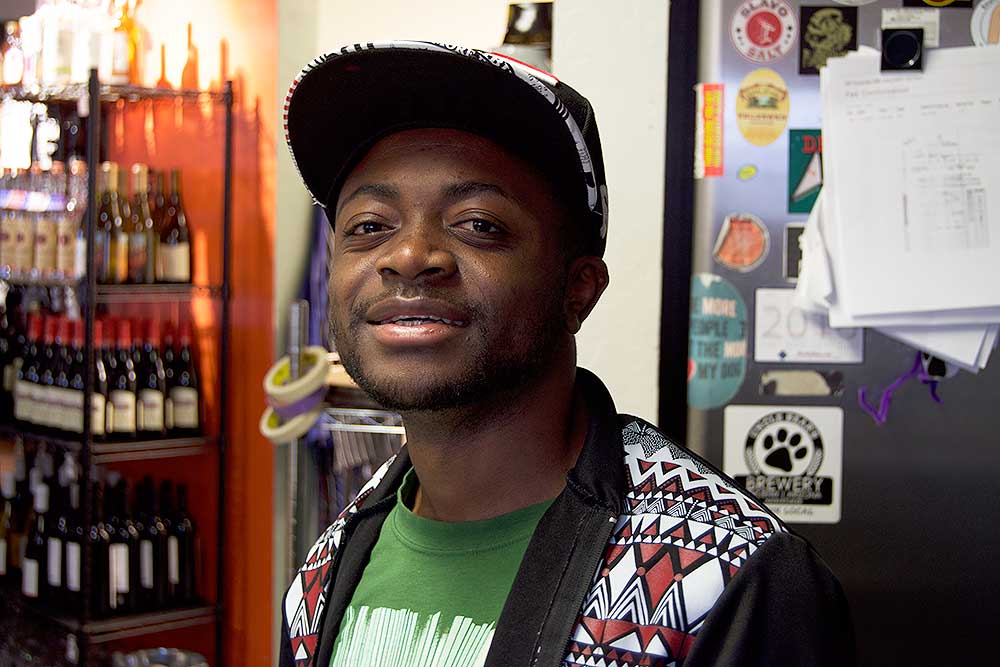Originally from the Democratic Republic of Congo, Wasanga and his family came to Arizona in 2011. Prior to their arrival, they spent three years in a Zimbabwean refugee camp.
“At the time, there had been a lot of killing and shootings [in Congo],” he said. “Even my parents, they were killed.”
This prompted his move to the refugee camp in Zimbabwe, with help from his neighbors. When he first came to the U.S., he settled in Glendale, Arizona. He’s now in Phoenix, where he lives with his sister, two brothers and brother-in-law.
Listen to "Immigrants Find a Future in Food"
Coming to America
When Rodrigue Wasanga and his family came to the U.S. in 2011, the United Nations High Commissioner for Refugees identified approximately 34.5 million refugees and “persons of concern” across the world. This group was broken down into seven categories:
- refugees
- asylum-seekers
- internally displaced persons
- stateless persons
- returned refugees
- returned internally displaced persons
- others of concern
According to a 2011 UNHCR report, the world’s largest refugee camp was in Dadaab, Kenya with nearly 137,500 inhabitants. The camp—Hagadera—was part of a larger network including more than 453,000 refugees. When Rodrigue Wasanga and his family left the Democratic Republic of Congo, they spent three years in a Zimbabwe refugee camp. When they arrived in the U.S. in 2011, they were among 1,079 other refugees from their native country.
Establishing A Home
Wasanga first focused on attaining his high school education, but on a break from school, he began to turn his attention toward a career.
“I was looking for a job, and I talked to this guy—his name is Jacob—at Catholic [Charities],” he explained. “Jacob was the chef of the kitchen, and he asked me if I’m able to work at the [Refuge] Café. But I’d never worked before.” Wasanga said learning his way around a cafe’s kitchen was a difficult experience at first. But it helped that he often spent time cooking with his sister. He said shadowing Jacob helped a lot too. “I think I can learn fast by watching,” he said.
But he soon learned there’s a big difference between cooking American and Congolese food.
“Everything is fresh,” he said about Congolese cooking. “You go to the farm, [and] you take fresh food. [Then] we cook for a long time. About two hours—three hours.”
Establishing A Future
But despite the differences and difficulties, Wasanga said he plans to keep at it.
“I want to go to culinary school in Scottsdale,” he said. “It’s called the Cordon Bleu. They will give you an opportunity. And you will learn all about how to open a business. If I get a chance to be in school and learn everything as quick as possible.”
His dream is to open a restaurant of his own. Wasanga said he hopes to learn more about baking. He wants to learn how to decorate wedding cakes and create beautiful plate presentations.
“Whatever you want to do, you just have to focus,” he said. “And know that you can do it. That’s what I think.”
What’s in a name?
A name might be something most take for granted, or don’t think about at all, but it can be a bit more complicated for others.
Immigrants and refugees sometimes adopt easy-to-pronounce nicknames when they come to the United States. And some families can trace their surnames back to an immigration office, where names were purposefully or accidentally changed.
That was Rodrigue Wasanga’s experienced when he came to the U.S. Listen as he shares the story of how his legal name became different than the name he was born with.
What's in a name?
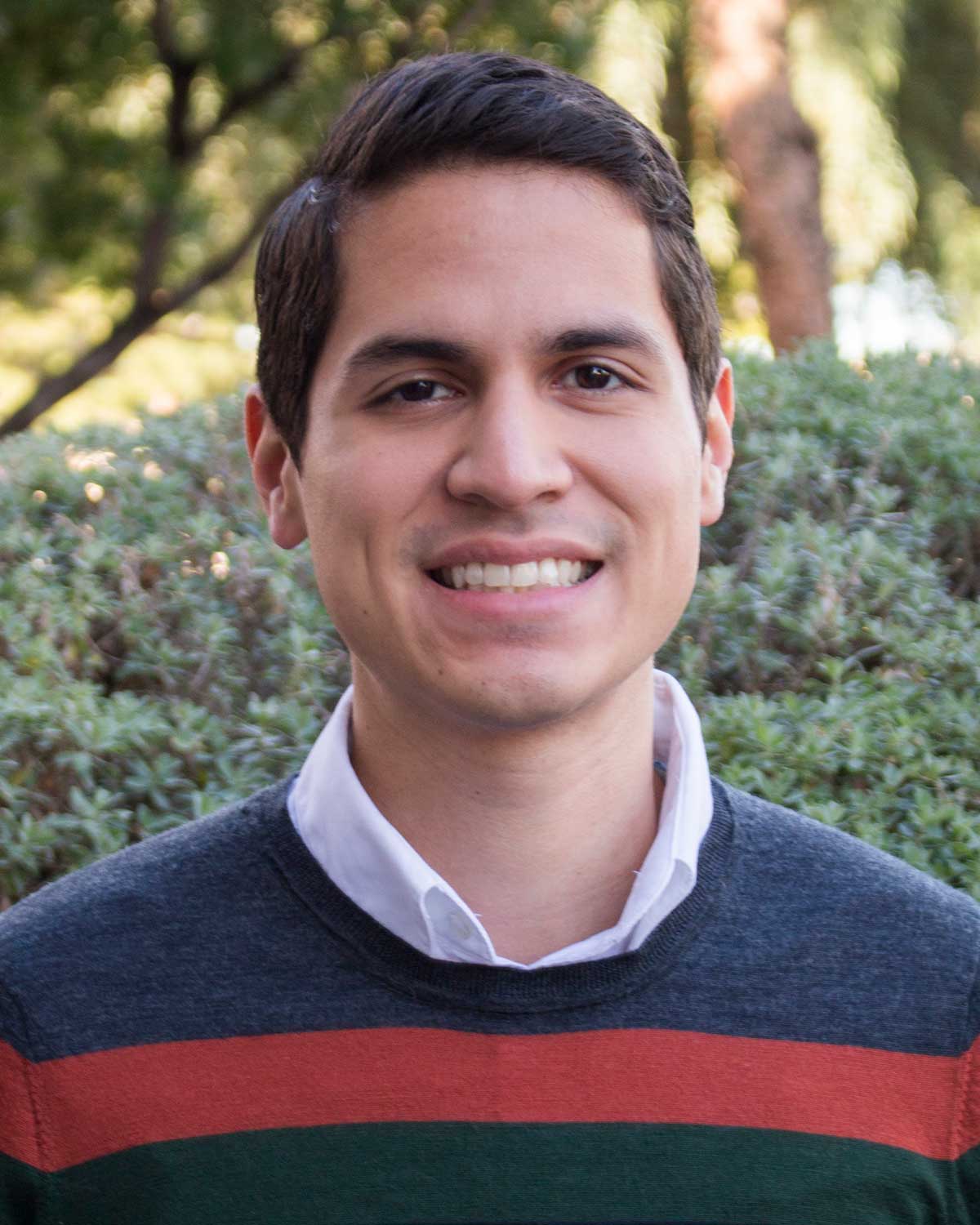
Travis Cornejo
Travis Cornejo is from Harlingen, Texas, not too far from the border. After high school, he attended the University of Missouri, where he became editor-in-chief of The Maneater student newspaper. He now calls Chicago home where he’s pursuing a graduate degree at Loyola University Chicago. Last fall, Travis began a six-month online fellowship at "Chicago Tonight" on the local PBS affiliate, which ignited his interest in digital journalism and public media.

